
In this article, you’ll find a simple guide to what social media guidelines are, why they’re important and how to create your own.
What are social media guidelines?
Social media guidelines are a set of rules for governing what kind of content you publish on your brand’s social media accounts.
A company’s social media guidelines should be used by anyone across the business who’s creating content for social media. They therefore need to be accessible to everyone, easy to use and genuinely useful, containing lots of examples for best practice.
In social media guidelines, you should expect to find guidance on how to write copy (the tone of voice), the types of creative assets to use and how to interact with your audience via comments and messages. It can be quite a simple document if you’re a small business – maybe just a shared Google Doc listing out the do’s and don’ts. Or it could be a more detailed, visual document intended for global teams.
Why are social media guidelines important?
Social media guidelines are important for three main reasons:
- to keep your brand consistent
- to enable and empower employees to produce great content
- to protect your brand’s reputation.
Having social media guidelines keeps your social media content consistent – looking, sounding and feeling like it comes from one company.
It’s important that your content consistently looks, sounds and feels the same because that’s what cements your brand identity, helps you stand out from your competitors and ultimately allows your customers to choose and love you.
Social media guidelines are also important for enabling and empowering employees to create great content. By using the guidelines, they should feel confident to use their creativity to tell your brand’s story online.
Finally, social media guidelines should help maintain a positive online reputation by offering employees guidelines to stay on the right side of appropriateness and avoid ever looking insensitive.
How to create social media guidelines
Thinking of creating social media guidelines for your employees or reviewing existing ones? Here are some best practice tips for things all great social media guidelines should include.
Explain how to use the social media guidelines
People skim-read. So make sure you write a short introduction that summarises the main points in your guidelines and explains how to use the document at the start.
Your introduction should introduce what is in the guidelines (the contents) and also let employees know that the guidelines aren’t there to inhibit their creativity, but rather to help them create great social content.
Include crucial information
Up front, you should specify the date the guidelines were last updated. That way you can easily see when it might be time to update them.
Also list any emergency procedures you have in place in case of leaked information or a PR crisis. Note what employees should do if they encounter anything negative while they’re monitoring and posting on social media, so they feel empowered to act if there’s a problem.
Specify your approval process
If you have one, include your approval loop process, so employees know how to get their content approved and live.
Even if you don’t have a formalised approval process and your team just has access to a shared document that contains your upcoming content, add that here so everyone’s clear on procedure as your business grows.
Detail which channels you use and how you use them
State which channels you use and write a purpose for each. To define a purpose, think about the capabilities of each channel and how your brand has chosen to use them. For example, Instagram is a predominately visual channel, whereas LinkedIn is predominately used for sharing opinions, insights and information.
If you haven’t decided which social media channels to use yet or haven’t decided a purpose for each channel, this handy guide on how to create a social media strategy might be useful.
Be clear about what your social media is supposed to achieve
Let employees know the main social media goals for your brand. It could be to share customer success stories, give a behind-the-scenes look at what’s happening at the company or to inspire the audience with ways to use your products.
If you’re not sure about what your social media should achieve, a good starting point is to look at your company values.
For example, if your company values are ‘authentic’, ‘involved’, ‘responsible’, and ‘respectful’, you can use these to develop goals for your social channels.
Perhaps ‘authentic’ means you find ways to be transparent on social media.
‘Involved’ could mean you strive to engage in discussion with followers, share content from other people and brands whose values are aligned with yours and you always reply to comments.
‘Responsible’ could mean you share your sustainability journey.
‘Respectful’ could mean you lean into a respectful tone of voice.
Summarise the brand tone of voice
If you have defined a brand tone of voice, think about how you use that on social media and write a short summary for how to write social copy in the brand voice. If you don’t yet have a formalised brand tone of voice, this article will help.
Your tone of voice summary doesn’t have to be hugely comprehensive, but examples are always good to illustrate your points. For example, if one of your tone of voice principles is that you’re friendly, that’s great because social media is a great place to amp up this part of your brand voice. But you need to show what this means – as well as the limits to being ‘friendly’ in this context – because everyone will have a different idea.
A good tip is to always offer an example of what you mean and also include an example of what you don’t mean.
For example, rather than saying ‘We’re friendly’, you could say ‘We use a friendly tone on social media. This means we use exclamation marks to greet our followers and add the odd emoji, eg “Hey! Thank you for your message 🙂”. But we’re not over-familiar, eg “Heyaaa! Great to hear from you, hon 🥰”.’
Be specific about the do’s and don’ts
Make sure you’re specific about anything sensitive. Creating a do’s and don’ts list is ideal for people to easily see what’s OK and what’s not.
For example, for total clarity, your do’s and don’ts list could follow this format:
DO use emojis.
DON’T over-use them. You don’t need to use an emoji in every post, and one per post is the maximum.
In your do’s and don’ts list, you can cover things like:
- Does your brand use emojis? If so, are any of them off limits?
- How do you refer to yourselves: in the first person (ie ‘we’) or the third person (ie your brand name)?
- What is the correct way to write your brand name?
- How should your social media moderators deal with complaints? Should there be a boilerplate response ready to use? Is there an email address they should send to the audience to contact?
Explain stylistic choices
Good social media guidelines explain the do’s and don’ts but also explain why you should make that choice. This helps the reader understand the importance of the choice and makes them more likely to remember it.
For example, say you’re a finance brand that’s just started to use Instagram. You don’t have access to loads of real-life photography but you want to be visual, original and stand out from your competitors. Maybe you choose to use illustrations as a solution.
Rather than saying ‘Use only illustrations on Instagram, not real-life images.’ You could say something like ‘Illustration is a big part of our brand. It allows us to communicate complex subject matter in a simple, light-hearted, human, eye-catching way that’s easy to understand. For this reason and to keep our Instagram grid nice and consistent, we only use illustrations as creative assets.’
Free social media guidelines template
To get started on writing your own brand social media guidelines, you can grab our easy-to-use template. Simply download the Google Doc, save a copy and customise it to your requirements.
This template will guide you through the types of things to include and write in your guidelines. Once you’ve written them, consider working with a designer to create a branded version, so you can include visual examples of your social media posts to engage and inspire your employees.
We hope you find this practical guide useful! Let us know how you get on creating your own social media guidelines. And check out our other social-media-related posts for more inspiration and advice:
- How to create an effective and sustainable social media plan
- How to create a no-stress social media strategy
- How to create an effective call-to-action on LinkedIn
Looking to help your team write more effective and engaging social media posts? Check out our Writing for social media course and get in touch if you’d like us to run a tailored session with your team.
Image credit: Blue Planet Studio / Shutterstock





